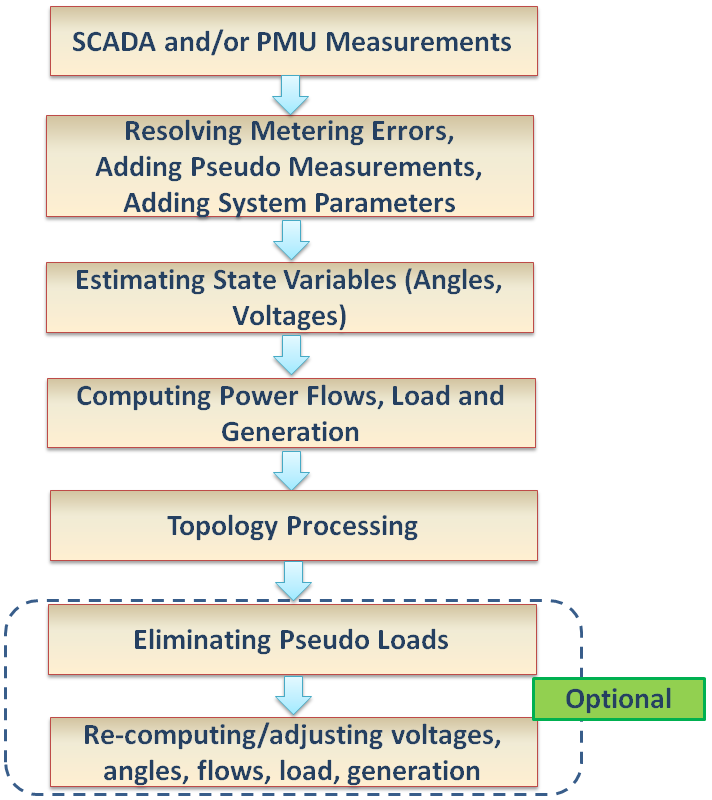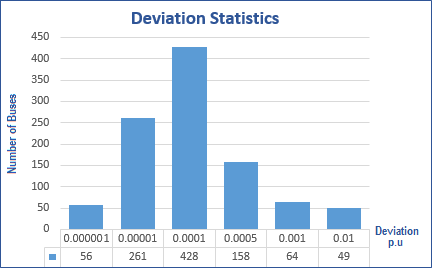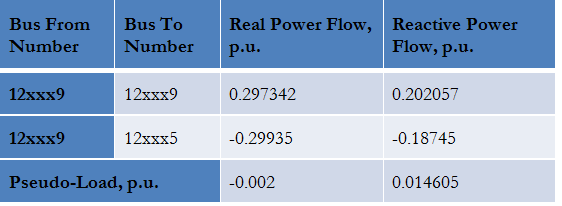POM State Estimator (SE)
Power system state estimator (SE) is the main tool to assess reliability and stability of a power system in real-time environment at a utility/ISO, which serves as the basis for all advanced applications and market applications.
SE is designed to produce a system state based on the “best estimate” of the system voltages and phase angles, provided that there are errors in the measured quantities and a redundancy in measurements. It minimizes the sum of the squares of the differences between the measured and estimated values of variables:
- Voltage magnitude
- Real and reactive power flows on the branches
The overall state estimation process in SE application is shown below.

SE utilizes an optimization algorithm – an effective quasi-Newton BFGS (Broyden, Fletcher, Goldfarb, Shanno) method.
The use of BFGS methods results in faster and more accurate state estimation. Distribution of the difference between measured and estimated values of voltage magnitude is shown below.

The differences are small, and range from –0.0095 p.u. to 0.0087 p.u., which is less than 1%.
The major advantage of using the BFGS method is creating an SE case with negligibly small pseudo-loads.

When converted to MW and MVAr, pseudo-loads = 0.2 MW and 1.46 MVAr. Such small pseudo-loads may be neglected when an SE case is created.

